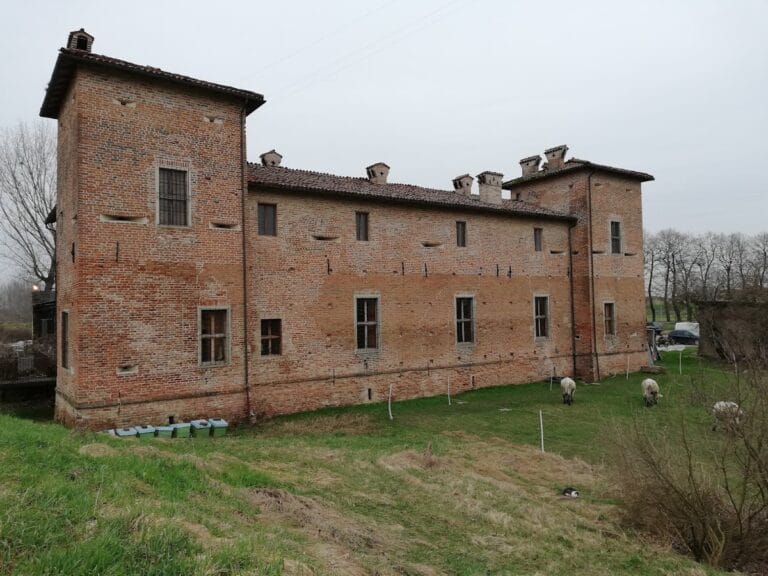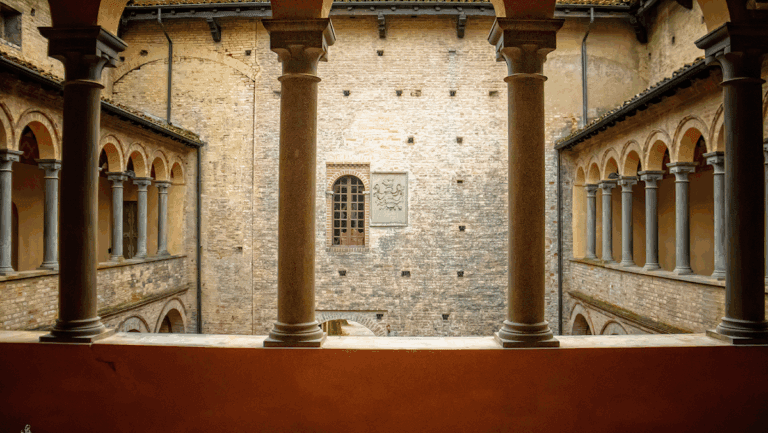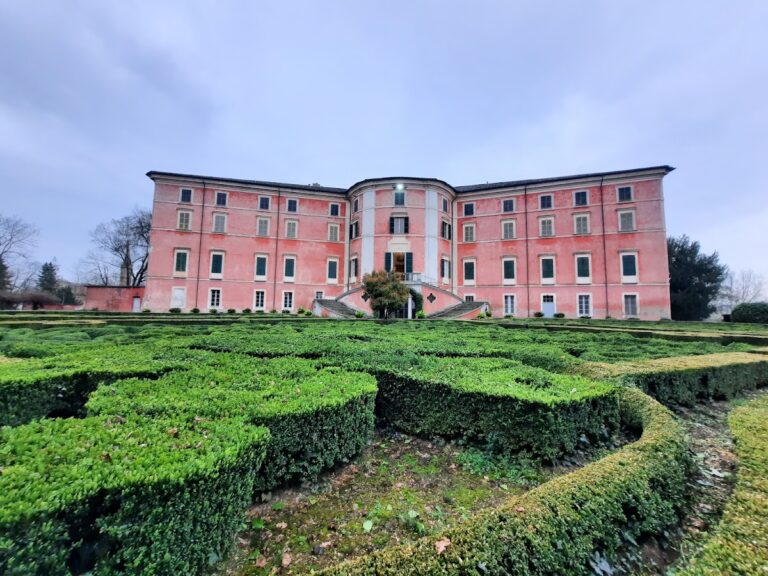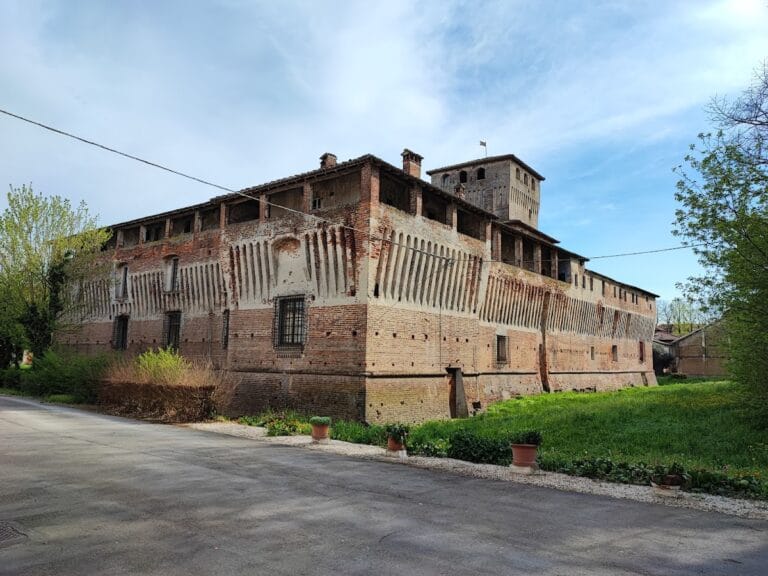Rocca Pallavicino: A Historic Fortress in Busseto, Italy
Visitor Information
Google Rating: 4.5
Popularity: Low
Google Maps: View on Google Maps
Country: Italy
Civilization: Unclassified
Remains: Military
History
Rocca Pallavicino is situated in the town of Busseto, Italy, and was originally established by the medieval Obertenghi family, a powerful dynasty of northern Italy. The fortress traces its origins back to the late 10th century, when Adalbert of Baden, the family head and ancestor of the Pallavicino line, constructed the first castle around 985.
During the early 13th century, the castle suffered destruction at the hands of troops from Piacenza and Milan in 1216. Soon after, in 1249, Emperor Frederick II granted the surrounding territories, including Busseto, to Margrave Oberto II Pallavicino. Oberto II undertook a significant rebuilding effort the following year, reconstructing the castle with defensive walls and a moat, and establishing a drawbridge entrance that crossed a large forecourt. This reconstruction solidified the fortress’s importance as a stronghold of the Pallavicino family.
In 1395, King Wenceslaus formally affirmed Nicolò Pallavicino’s possession of Busseto and adjacent lands, reinforcing the family’s regional authority. However, the fortress faced military challenges in the mid-15th century when Niccolò Piccinino laid siege to it in 1441 during hostilities against the Pallavicino territories. Margrave Rolando Pallavicino was forced to seek refuge inside the castle but ultimately lost the confrontation. He fled and saw his lands taken over by Milan’s Duke Filippo Maria Visconti. Demonstrating political acumen, Rolando regained most of his estates in 1445 after pledging loyalty to the duke.
Following Rolando’s death in 1457, the ownership of Busseto’s castle, alongside that of Bargone, passed jointly to his sons Pallavicino and Gian Ludovico. The fortress later became involved in a violent episode in 1522 when Giovanni dalle Bande Nere, a renowned condottiero (mercenary leader), requested assistance and accommodations at the castle but was denied. In response, he retaliated by raiding the fortress.
The castle also played host to important diplomatic events, notably in 1543 when Emperor Charles V met with Pope Paul III within its walls, highlighting its continued political significance in the Renaissance period. With the decline of the Busseto branch of the Pallavicino family, which ended in 1585, the control of the area became disputed. In 1588, Duke Alessandro Farnese incorporated the territory into the Duchy of Parma and Piacenza, thus ending Pallavicino dominion.
By the mid-19th century, the fortress had fallen into serious disrepair. In 1856, it was sold to the local government of Busseto, who commissioned architect Pier Luigi Montecchini to oversee a comprehensive restoration carried out between 1857 and 1868. This renovation transformed the castle into a neo-Gothic structure, preserving only the original 16th-century keep and a few remnants from earlier phases. The restoration included the creation of a smaller theater inside the building to replace a prior one, adapting the historic stronghold for civic use.
Remains
The castle’s layout centers on a large square courtyard, a classic feature for medieval fortifications designed to organize space defensively and functionally. The current exterior walls, predominantly of brickwork, display stylistic elements from the 19th-century neo-Gothic restoration, including towers at three of the four corners that were newly added during that period.
The most prominent surviving element from the original fortress is the 16th-century keep located at the heart of the main facade. This tower is distinguished by its Ghibelline-style battlements, characterized by a swallowtail pattern—a defensive architectural motif associated with medieval Italian fortresses. Rising above the battlements is a large clock, surmounted by a bell chamber featuring bifora windows, which are paired arched openings separated by a small column, allowing light and air into the space.
Flanking this central tower are two symmetrical wings resting above a ground-level portico formed by a series of round arches. The first floors of these wings showcase a collection of intricately crafted pointed bifora windows bordered by terracotta pilasters and decorative panels. These elements mainly date from the 15th century and are attributed to the workshop of Rinaldo de Stavolis, a noted artist or artisan responsible for their detailed design. Above these windows, the façade is adorned with refined shell-shaped terracotta medallions, while the entire elevation is topped by a cornice featuring miniature neo-Gothic arches, emphasizing the 19th-century restoration style.
The two outer corner towers also display bifora windows similar to those on the main wings, with additional single terracotta windows decorating the ground level. The entrance to the local theater, named after the composer Giuseppe Verdi, is situated underneath the portico on the right side of the façade, while municipal offices occupy the left side in a balanced arrangement.
Accessing the castle through the main doorway at the base of the central tower leads visitors into the interior courtyard. Along its southern side stands a brick portico with an upper loggia, a covered gallery open on one or more sides providing shelter and a vantage point overlooking the courtyard. Opposite this portico, a stone relief depicting the imperial eagle bears the Pallavicino family coat of arms. This carved emblem was originally part of the town’s southern gate, signifying both the family’s authority and their historical connection to the region.
At the rear of the building, an additional entrance is aligned directly with the main door, creating a clear axial pathway through the structure. Overall, the castle today combines medieval remnants with 19th-century neo-Gothic reinterpretations, preserving key historic components while reflecting centuries of changing use and renovation.










